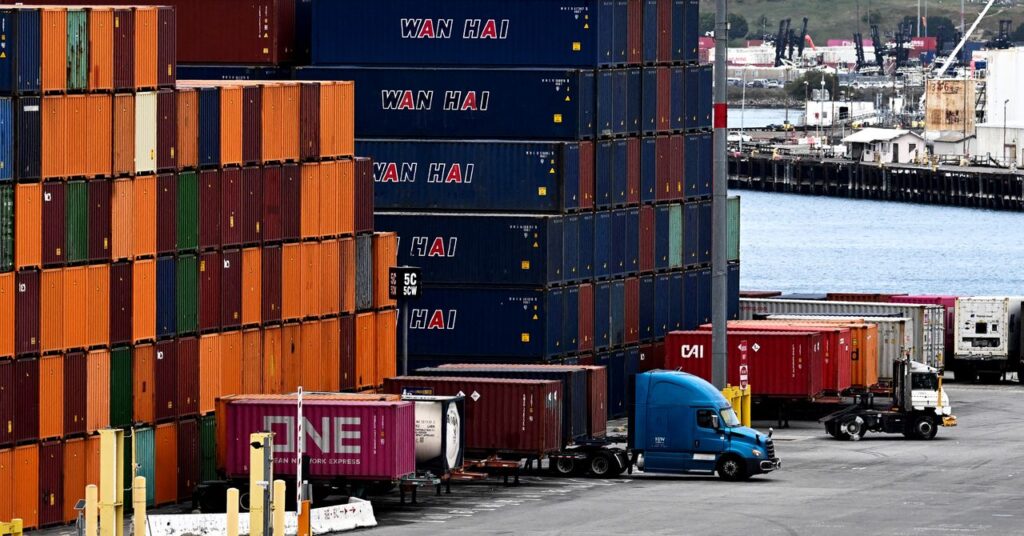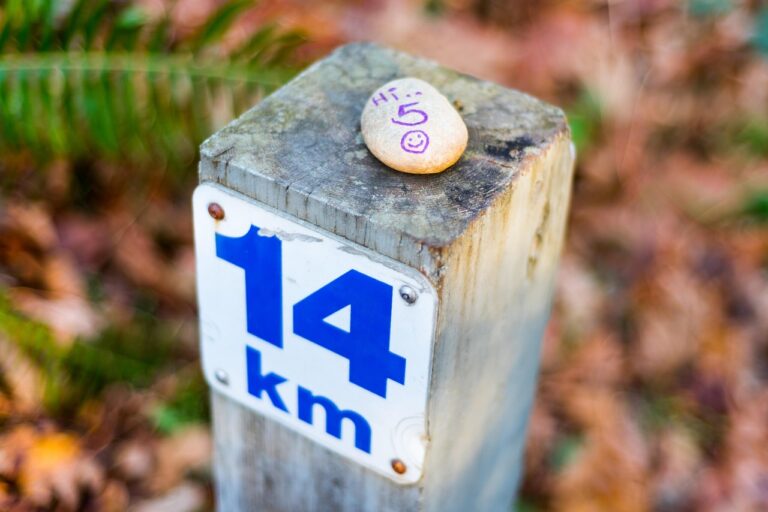
Bad News for China: Rare Earth Elements Aren’t That Rare – WIRED
2025-04-23T10:00:00Z
China is limiting US access to critical minerals in response to President Donald Trump’s tariffs, but the move isn’t as devastating as Beijing wants it to be.
As the trade war between China and the United States continues to escalate, Beijing is responding by turning to one of its favorite retaliation tactics: limiting the export of critical minerals used in many high-tech electronics, from fighter jets to wind turbines. While China’s mineral restrictions may sound scary, the reality is that they haven’t been very effective in the past and stand to become even less so if the US and other countries finally get their acts together.
It all started in July 2023, when the Chinese government announced it would restrict the export of gallium and germanium, two critical minerals that are mostly used in making solar panels and semiconductors. Over the following two years, China’s list of controlled products expanded to include antimony, graphite, and other materials. Earlier this month, the Chinese government escalated things even further, subjecting seven rare earth elements to a more comprehensive export licensing program that covers the whole world and is designed to further choke off American companies.
Rare earths are a subset of elements under the broader umbrella of critical minerals that China has long enjoyed monopoly control over. In the short term, companies that need these rare earths might be able to rely on existing stockpiles or even turn to recycled electronics to find them. But eventually, the US and other countries will be forced to either ramp up domestic mining or reduce their dependence on rare earths, both of which would make China’s policies sting less. “China has got one shot, and it knows it,” says Ian Lange, an associate professor of economics and business at the Colorado School of Mines.
Rare but Not Irreplaceable
The export controls China announced earlier this month cover samarium, gadolinium, terbium, dysprosium, lutetium, scandium, and yttrium—seven elements that belong to what is known as the rare earth family. They are called “rare” not because of their scarcity but because they often are mixed with other mineral resources and can be hard to separate out.
There are 17 rare earth elements in total, but the Chinese government chose these seven because they are part of a smaller subset of “heavy” rare earth minerals that the country has more control over than others, says Gracelin Baskaran, director of the Critical Minerals Security Program at the Center for Strategic and International Studies. That monopoly was built over decades as China created a robust supply chain for these minerals and the rest of the world turned away from what is a heavily polluting and niche sector. “China processes pretty much 100 percent of the world’s heavy rare earths, which means that they don’t just have a comparative advantage, they have an absolute advantage,” says Baskaran.
But the other important thing to know about rare earths is that—while they are used in a wide variety of products—those items typically only contain very small quantities, and often only in supportive roles. Last year, the United States imported about $170 million worth of rare earth elements, including some that China hasn’t restricted yet, according to the United States Geological Survey. For comparison, the US imported over $327 million worth of fresh potatoes and $300 million worth of potato chips between September 2023 and August 2024.
Perhaps the most important application for rare earth elements is creating magnets that improve the performance of products like electric motors in high temperatures. These magnets can be found in electric vehicles and consumer products like vacuum cleaners.
Auto-posted from news source




